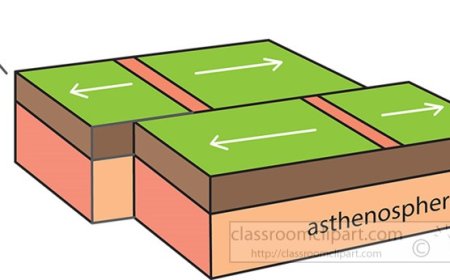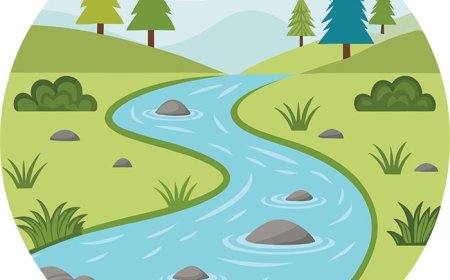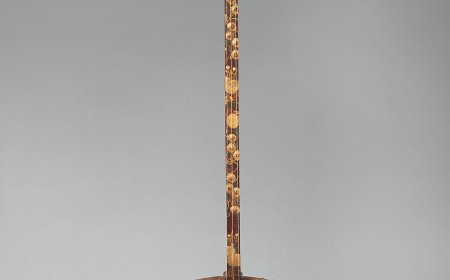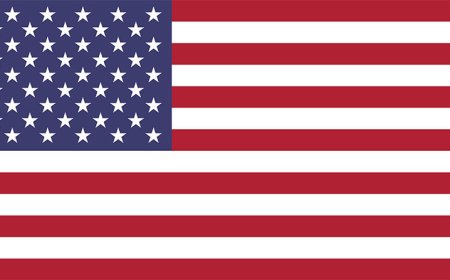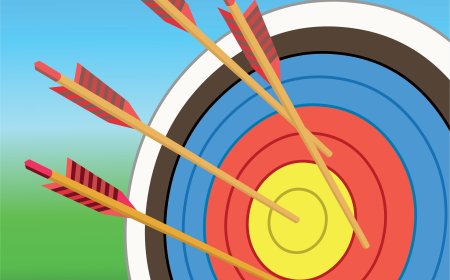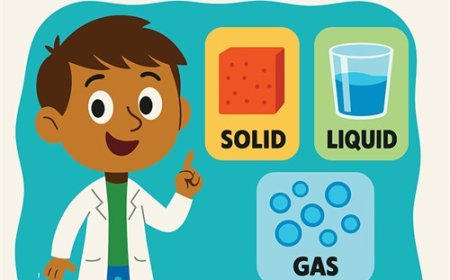Properties of Matter Density Mass Volume Conductivity
Explore the properties of matter including density mass volume and conductivity Learn how to measure them why they matter and how they explain everyday science
🌟 Introduction
Every object you see and touch is made of matter, and matter has properties we can observe and measure. Some properties are easy to notice, like color and hardness. Others, like density or conductivity, require tools and calculations. Learning these properties helps scientists and students describe materials accurately, choose the right materials for a job, and understand why substances behave the way they do.
🔍 What Are the Properties of Matter?
Properties of matter are characteristics that describe how a substance looks, feels, or behaves. They can be physical (observed without changing the substance) or chemical (observed during a chemical change).This article focuses on four key physical properties used often in science:
-
Mass - How much matter is in an object. Measured with a balance in grams (g) or kilograms (kg).
-
Volume - How much space an object or substance takes up. Measured in cubic centimeters (cm³), cubic meters (m³), or liters (L).
-
Density - How tightly matter is packed: density = mass ÷ volume. Common units are g/cm³ or kg/m³.
-
Conductivity - How well a material transfers energy.
-
Electrical conductivity: how well it carries electric current (metals are usually good conductors).
-
Thermal conductivity: how well it transfers heat (metal pans heat quickly; oven mitts do not).
-
💡 Why Are These Properties Important?
-
Identify and classify materials - Density and conductivity help tell similar-looking substances apart.
-
Design safer products - Engineers choose low‑conductivity materials for insulation and high‑conductivity metals for wiring.
-
Predict behavior - Knowing mass and volume helps forecast whether an object will float or sink and how it moves.
-
Ensure fair tests in experiments - Measuring properties precisely makes investigations repeatable and reliable.
-
Solve real problems - From building bridges to packaging food, the right material depends on its measured properties.
🧪 Examples in Everyday Life
-
Floating and sinking: Wood floats because its density is less than water; a rock sinks because its density is greater.
-
Cooking tools: A metal pot heats fast due to high thermal conductivity; the handle stays cooler with a plastic or silicone grip.
-
Water bottles: Same volume but different mass and density if filled with water vs. cooking oil.
-
Wiring: Copper is used for electric wires because of high electrical conductivity; rubber coating acts as an insulator.
✨ Fun Facts
-
Ice is less dense than liquid water, which is why ice cubes float.
-
Aerogels can have extremely low density and feel almost like solid smoke.
-
Silver is one of the best electrical conductors, but copper is more common because it is cheaper and still conducts very well.
📌 Key Takeaways
-
Mass measures how much matter; volume measures how much space.
-
Density = mass ÷ volume and helps predict floating or sinking.
-
Conductivity describes how well a material carries heat or electricity.
-
Measuring properties allows fair comparisons and better designs.
-
The right material for a task depends on its measured properties.
🐾 Kid-Friendly Summary
Think of matter like a backpack: mass is how heavy it is, volume is how much space it takes, density is how tightly the stuff is packed inside, and conductivity tells how easily energy can move through it. These ideas help us choose the right materials for everyday jobs.
📚 Vocabulary Words
-
Mass - Amount of matter in an object
-
Volume - Space an object or substance takes up
-
Density - Mass divided by volume showing how tightly matter is packed
-
Conductivity - Ability of a material to transfer heat or electricity
-
Electrical Conductor - Material that allows electric current to pass easily
-
Electrical Insulator - Material that resists electric current
-
Thermal Conductor - Material that transfers heat quickly
-
Thermal Insulator - Material that slows down heat transfer
-
Displacement - Method to find volume by how much water rises
-
Buoyancy - Upward force from a fluid that helps objects float
-
Units - Standard amounts used for measurement such as g kg L cm³
-
Formula - A math rule or equation such as density equals mass divided by volume
🧠 Interactive Quiz
Choose the best answer for each question.
-
Which formula defines density?
- A. Volume ÷ mass
- B. Mass ÷ volume
- C. Mass × volume
- D. Mass + volume
-
Which unit could be used to measure mass?
- A. Liter
- B. Gram
- C. Centimeter
- D. Kelvin
-
An object has low density compared to water. It will most likely:
- A. Sink
- B. Float
- C. Evaporate
- D. Melt
-
Which pair best matches conductor vs insulator for electricity?
- A. Rubber and copper
- B. Copper and rubber
- C. Glass and copper
- D. Wood and aluminum
-
Which tool can help measure the volume of an irregular object?
- A. Stopwatch
- B. Spring scale
- C. Graduated cylinder
- D. Thermometer






















